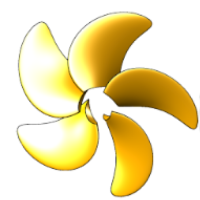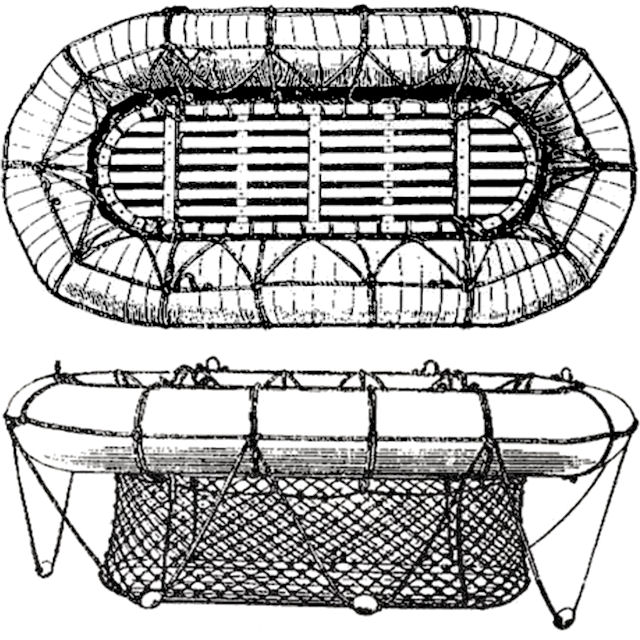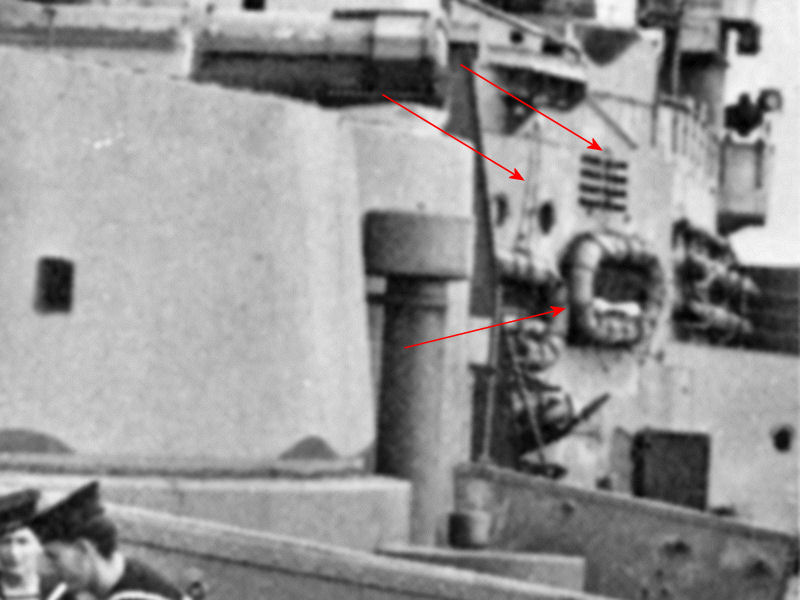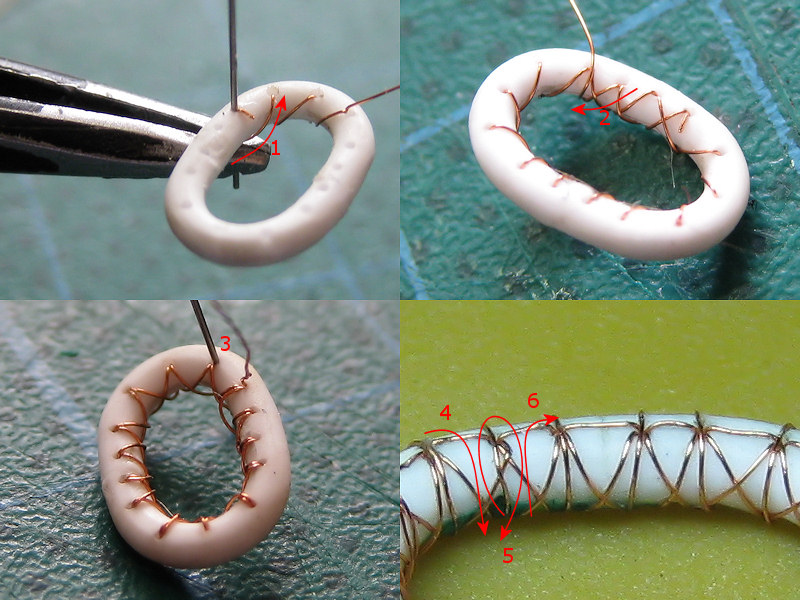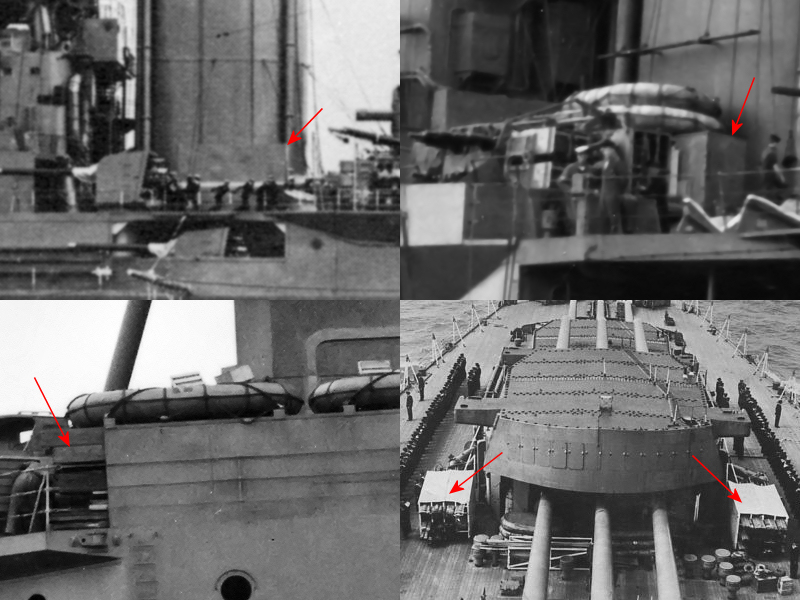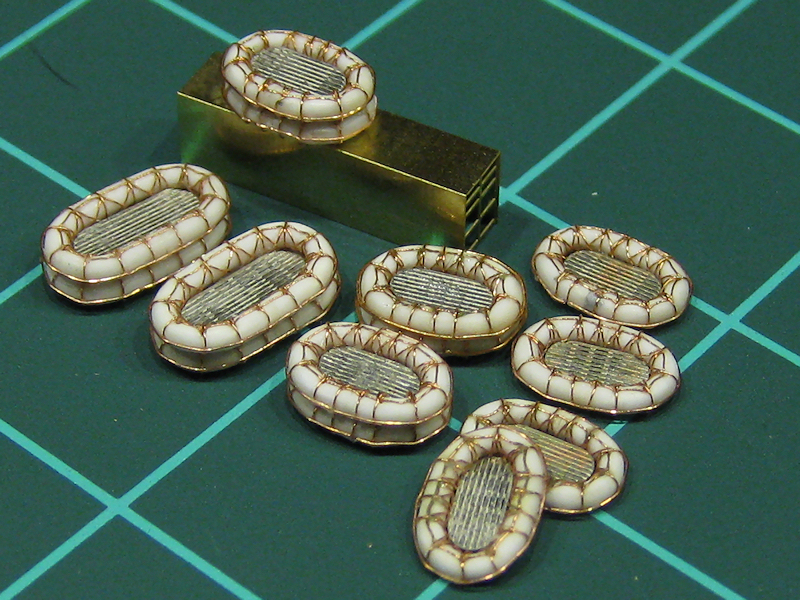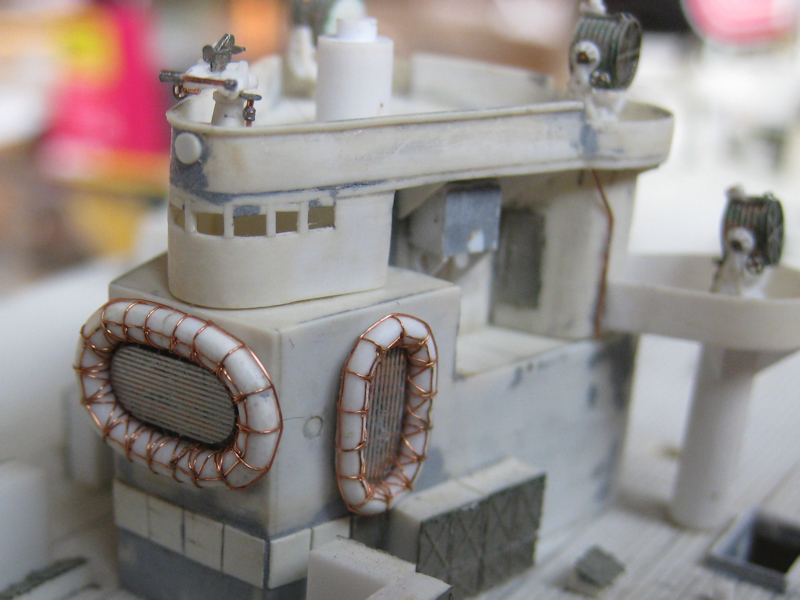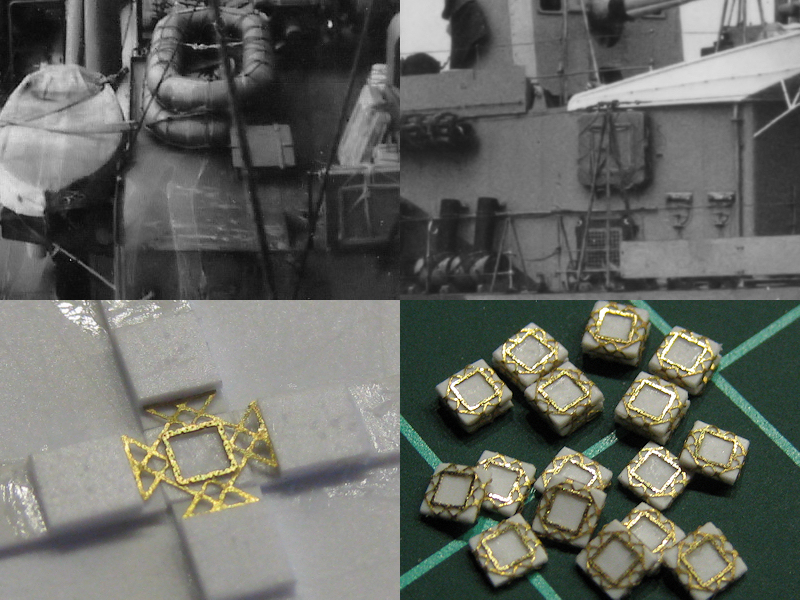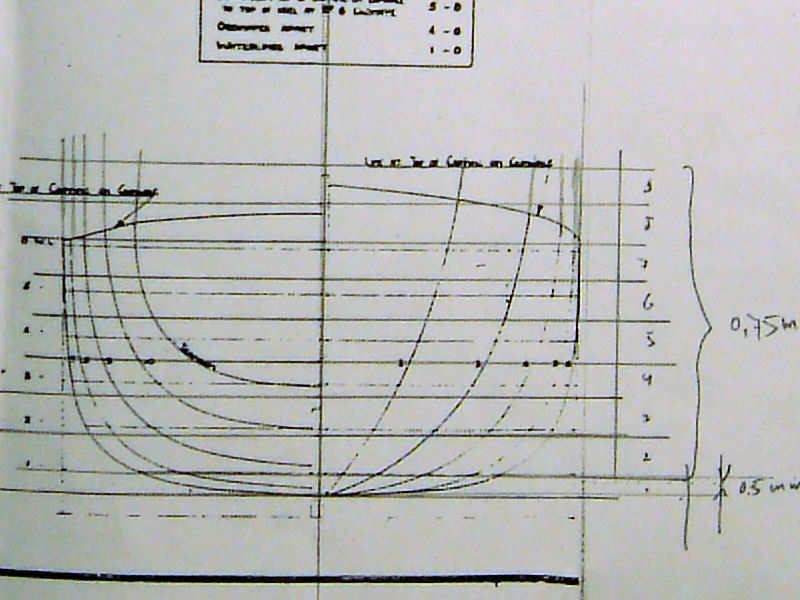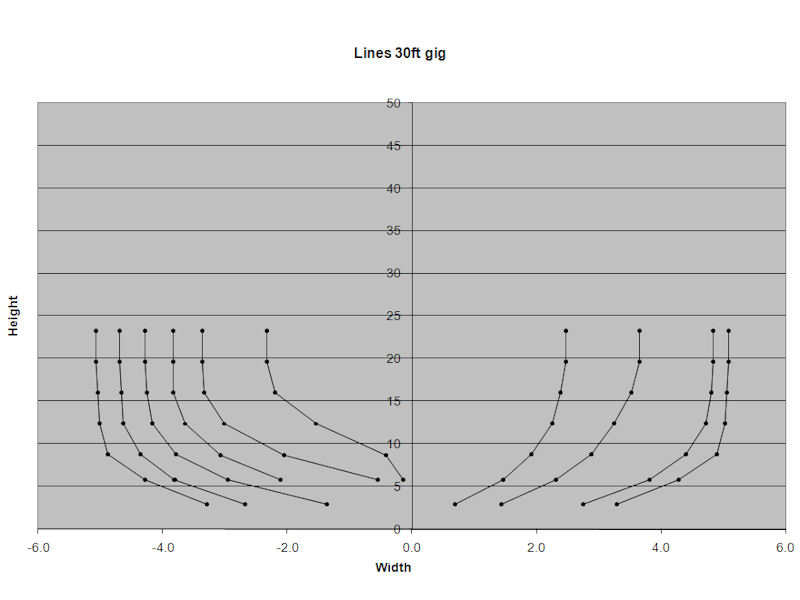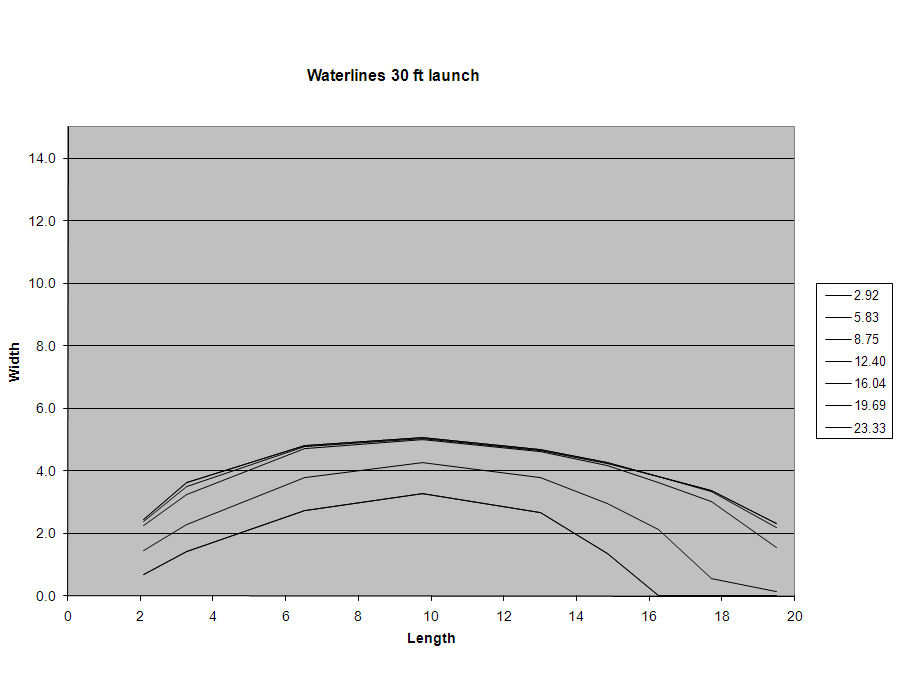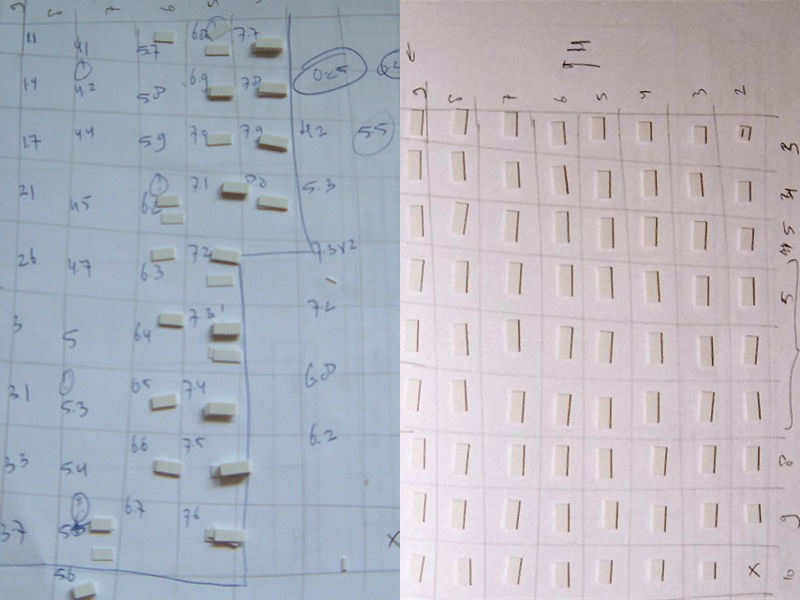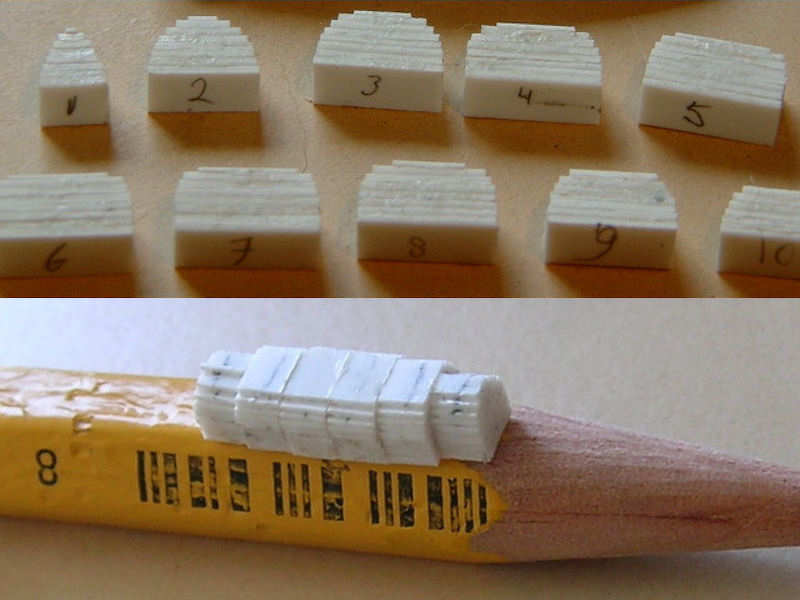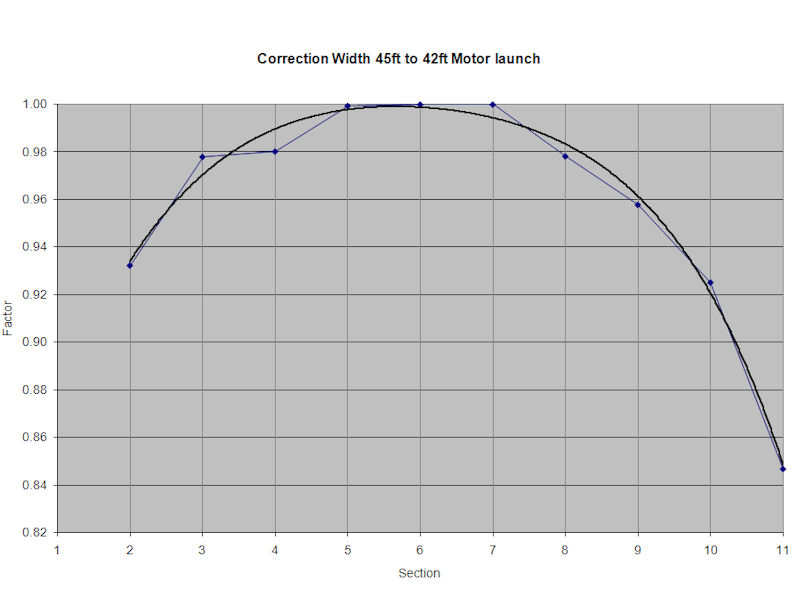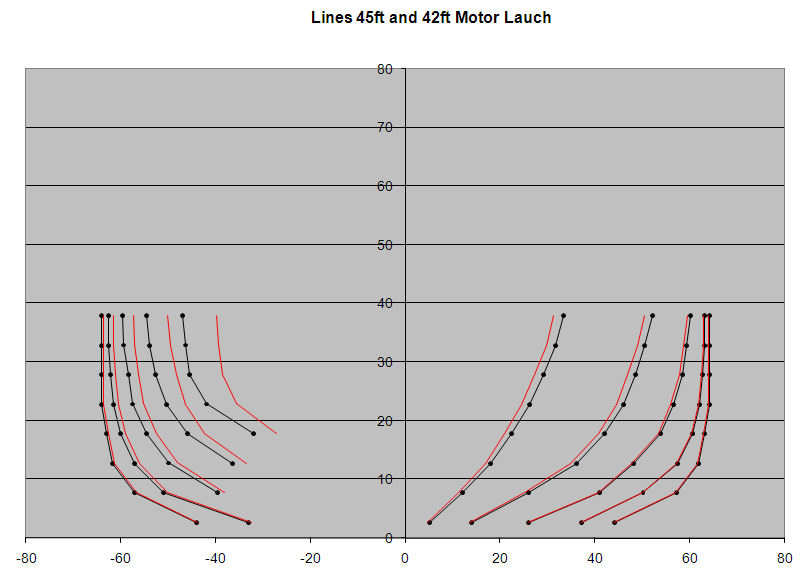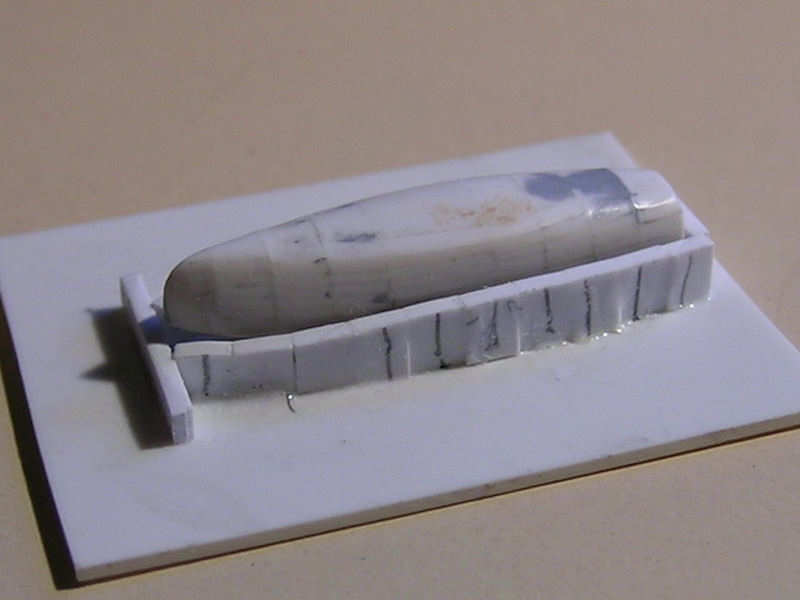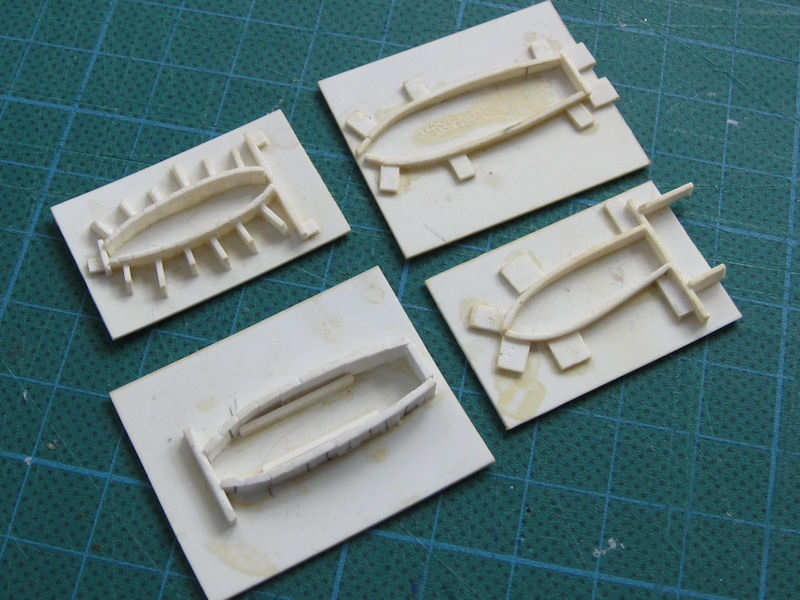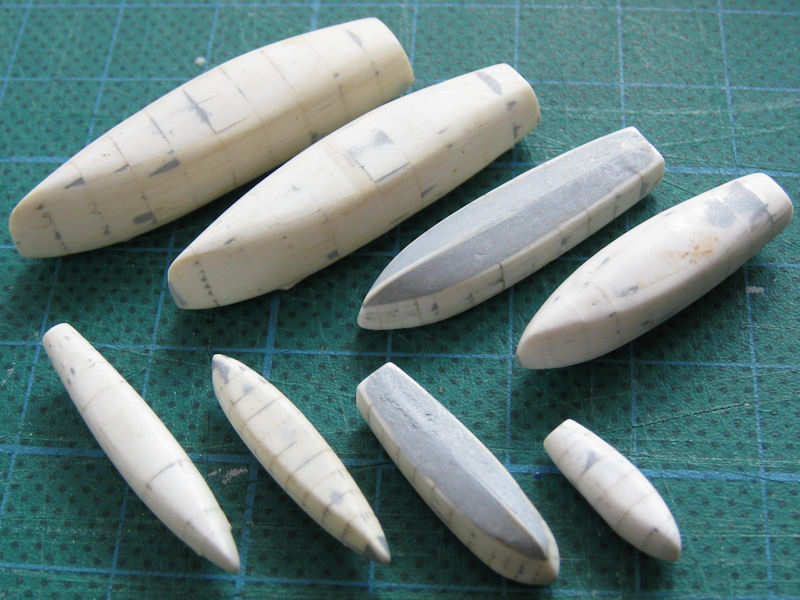16/03/2025
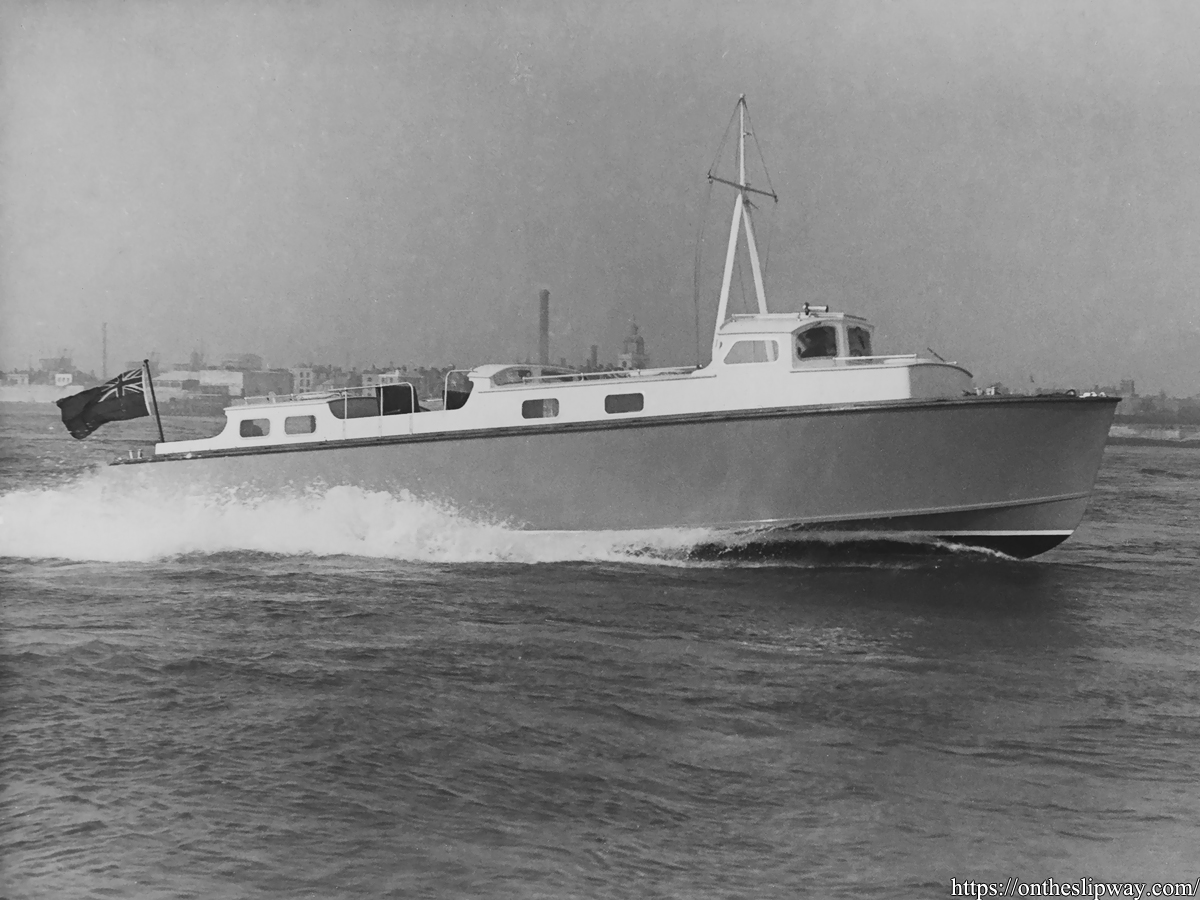
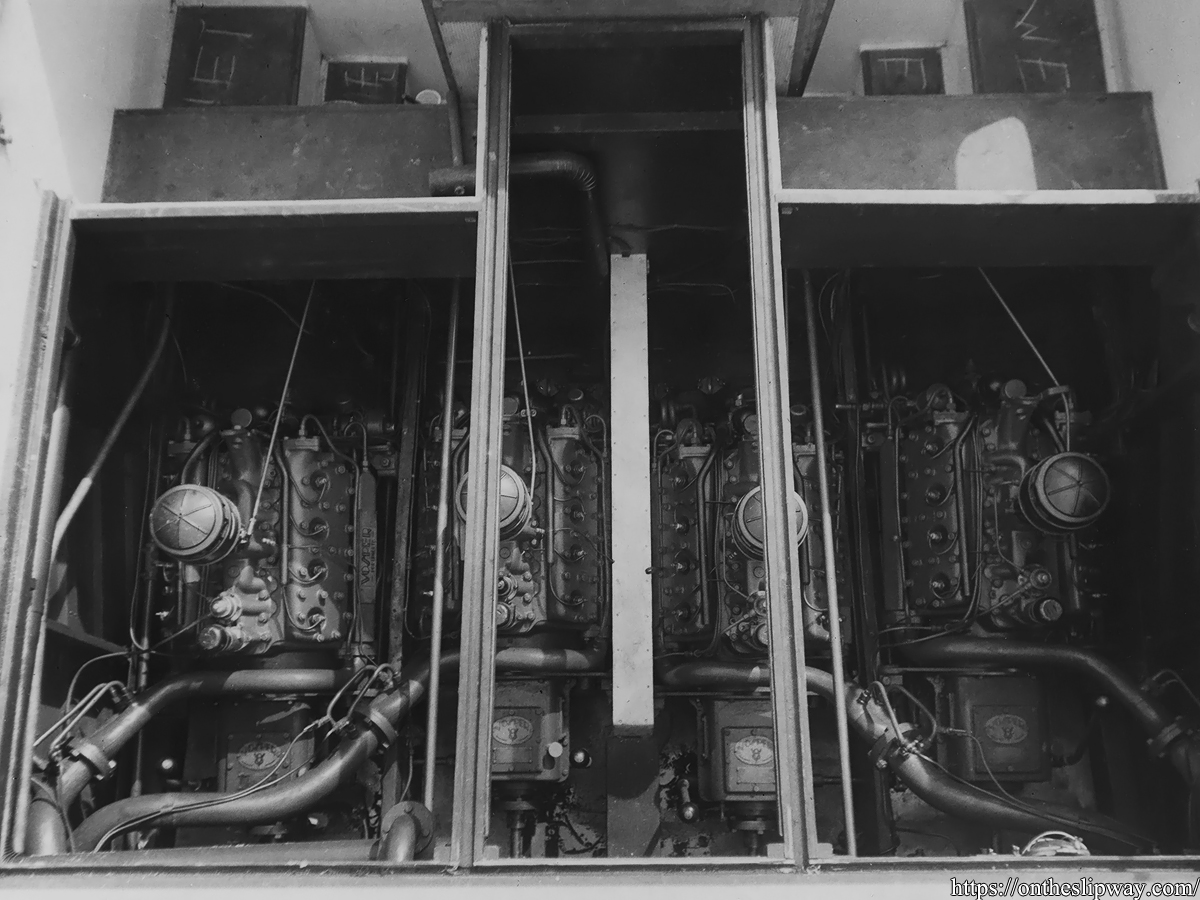
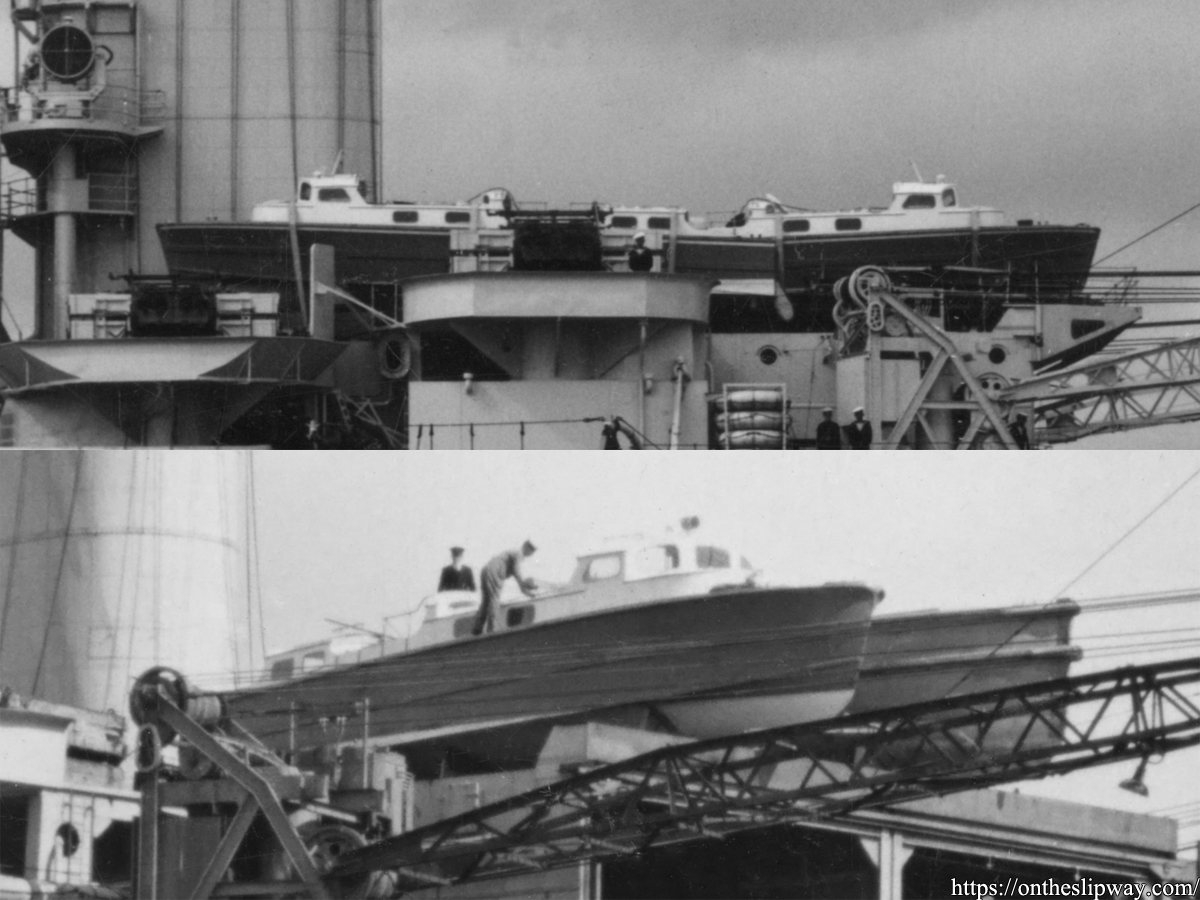
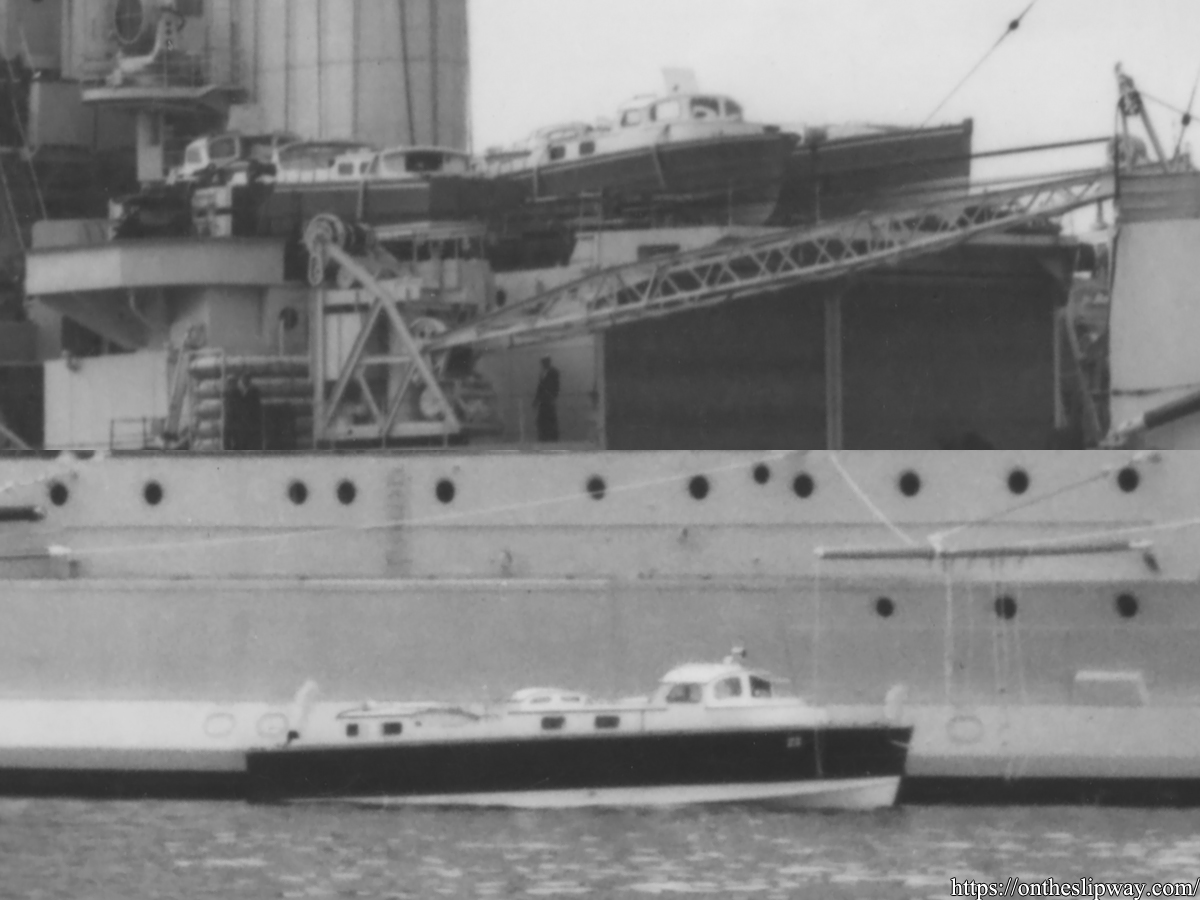
– Added 45ft Fast Motor Boats type III, 4 images
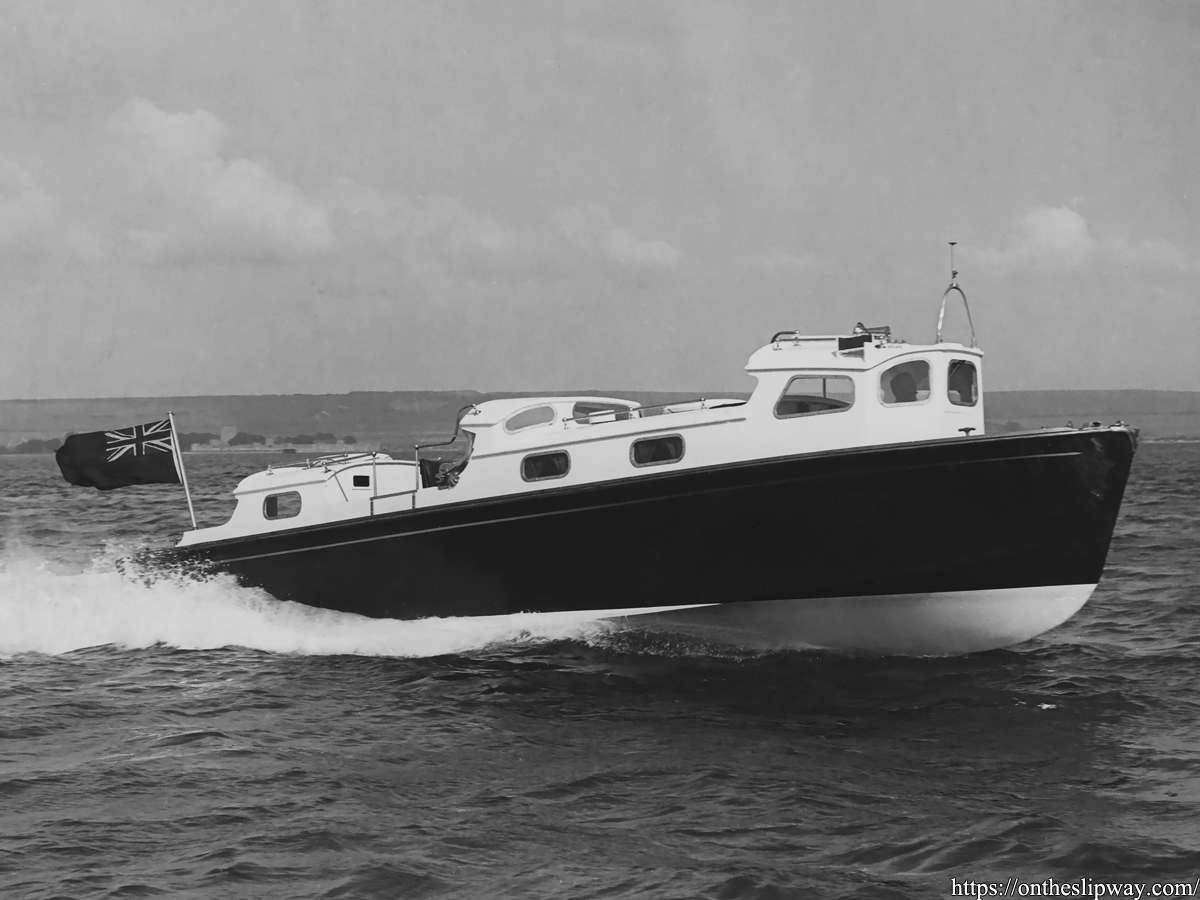
– Added 35 ft Vospers Admiral’s barge, one image
15/03/2025
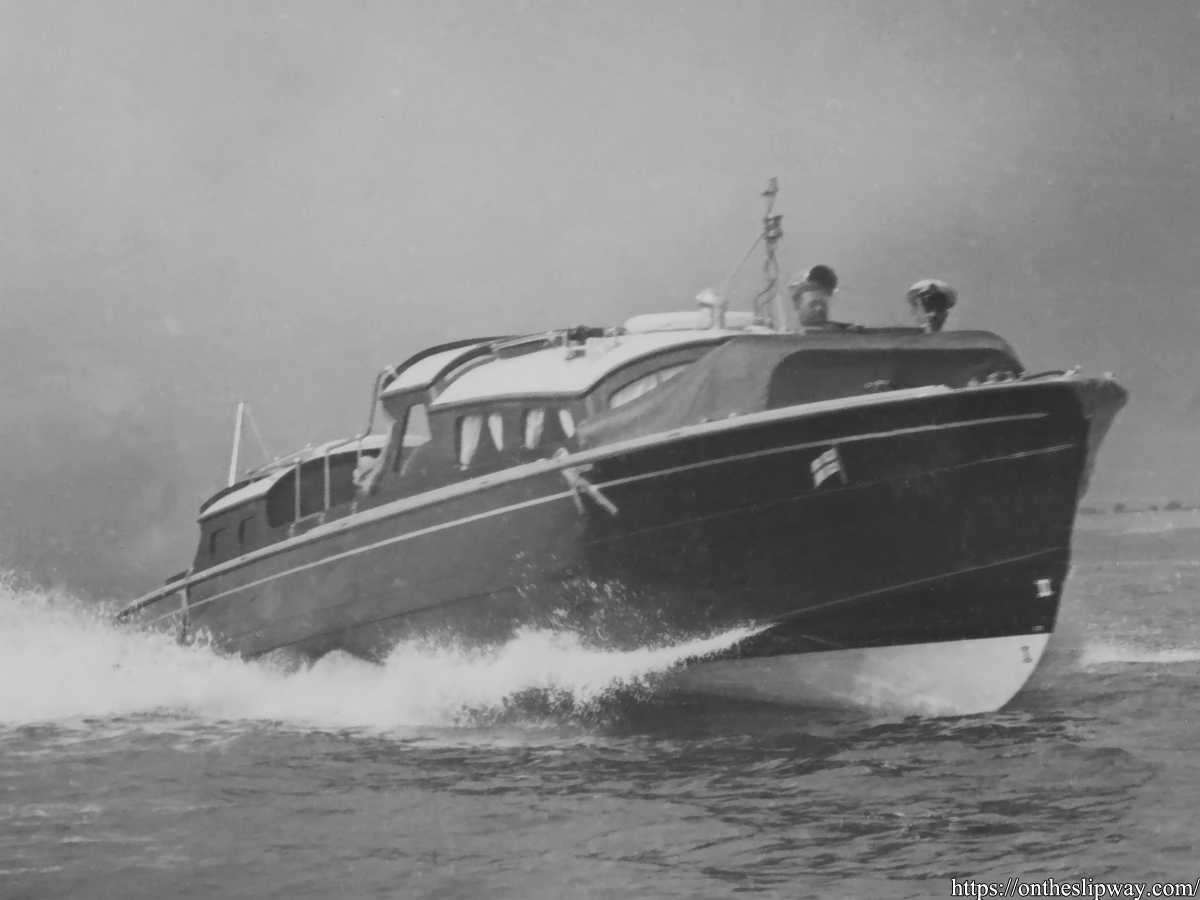
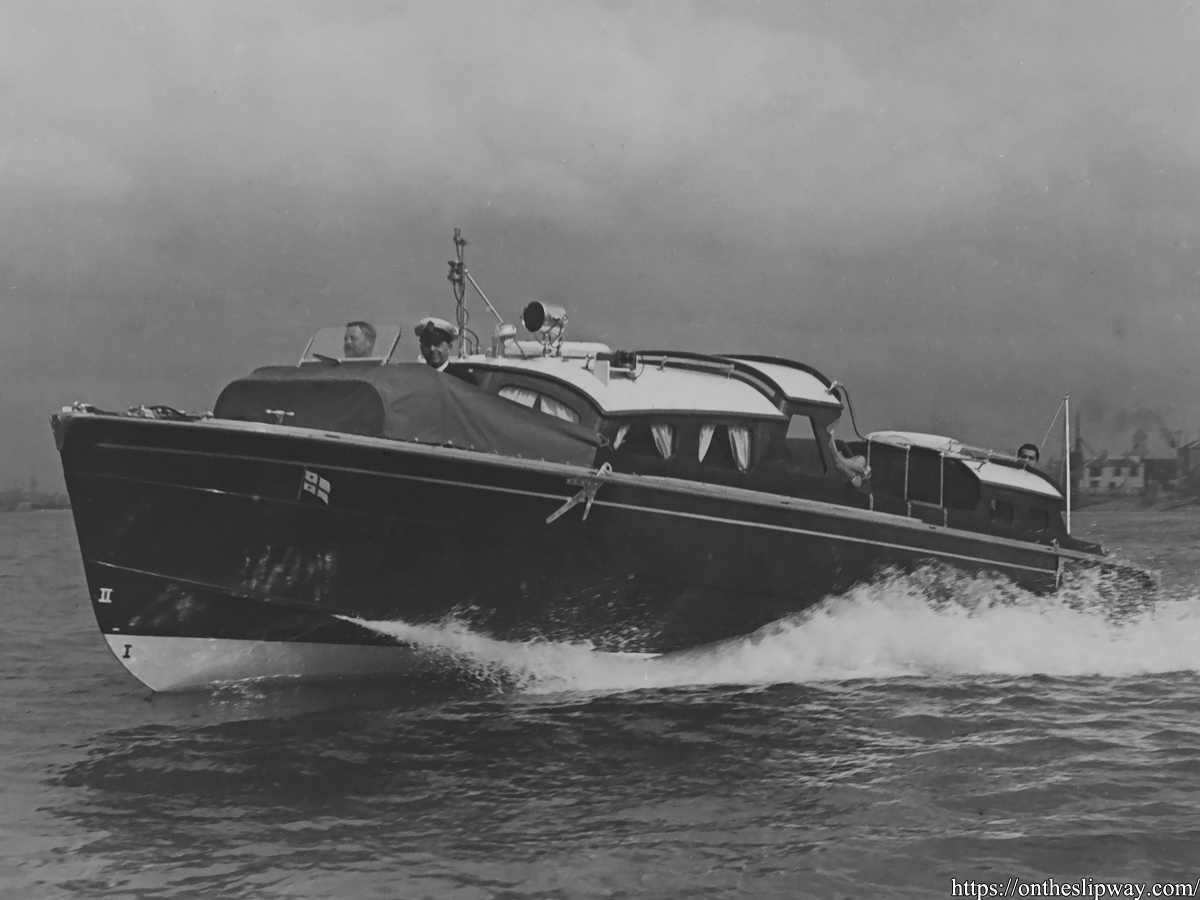
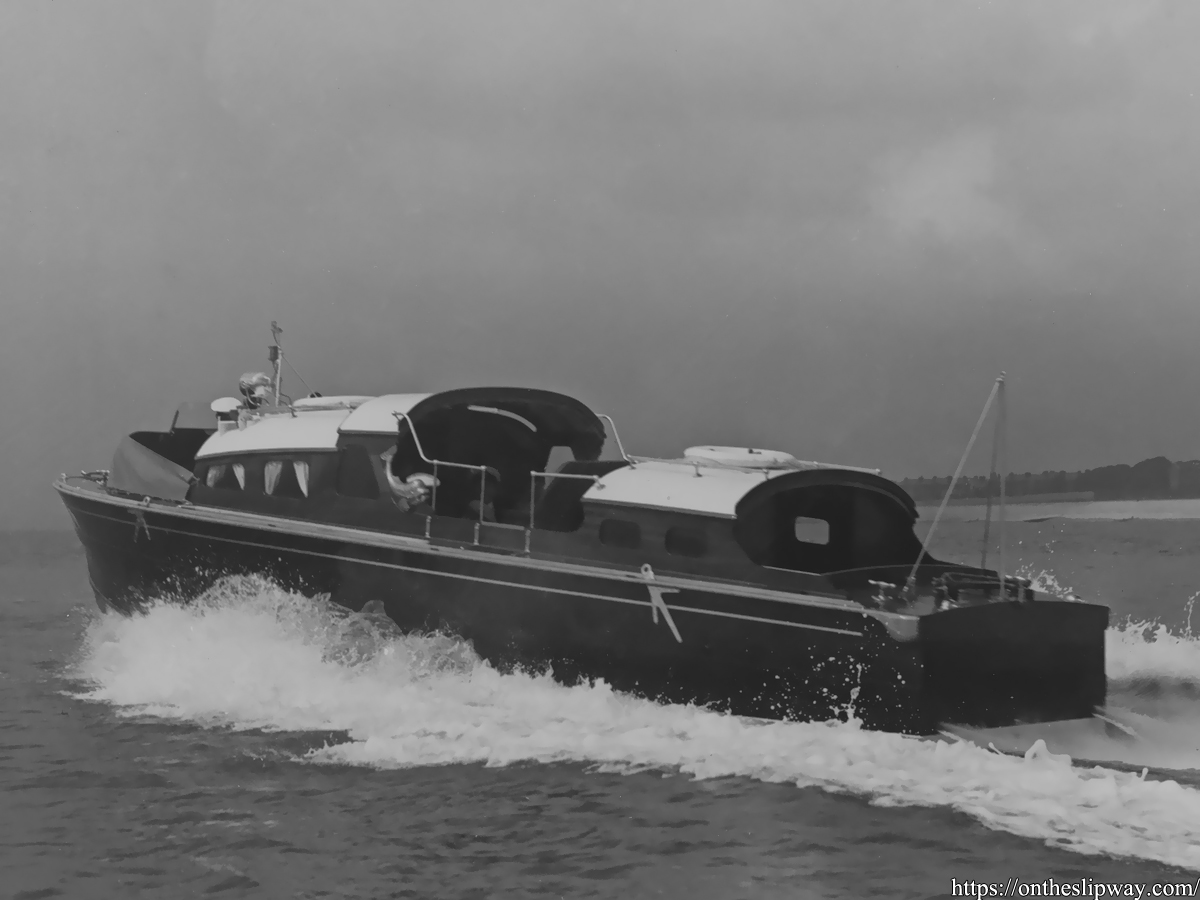
– Added 3 images of the 35 ft Fast Motor Boat, Admiral’s barge version
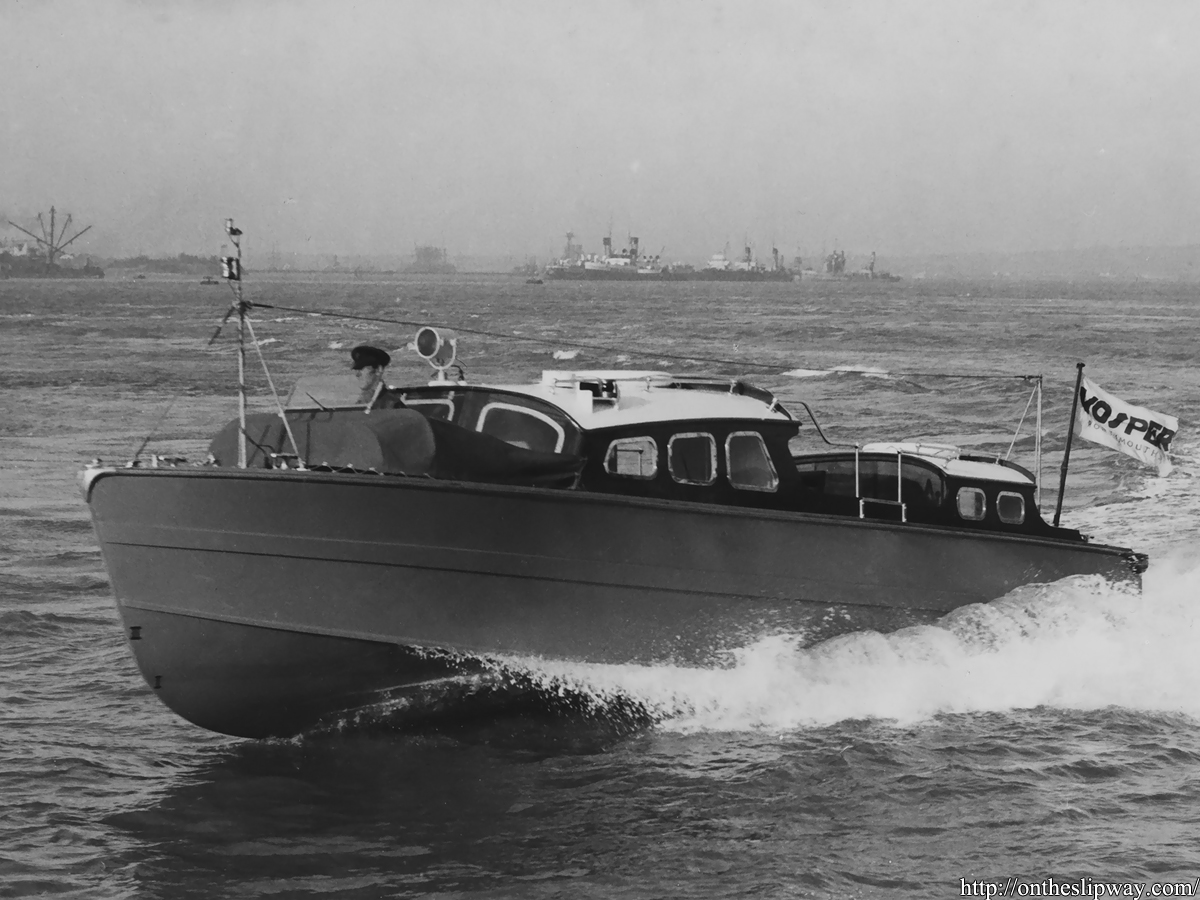
– Added 1 image of the 35 ft Fast Motor Boat, Vospers version
14/03/2025
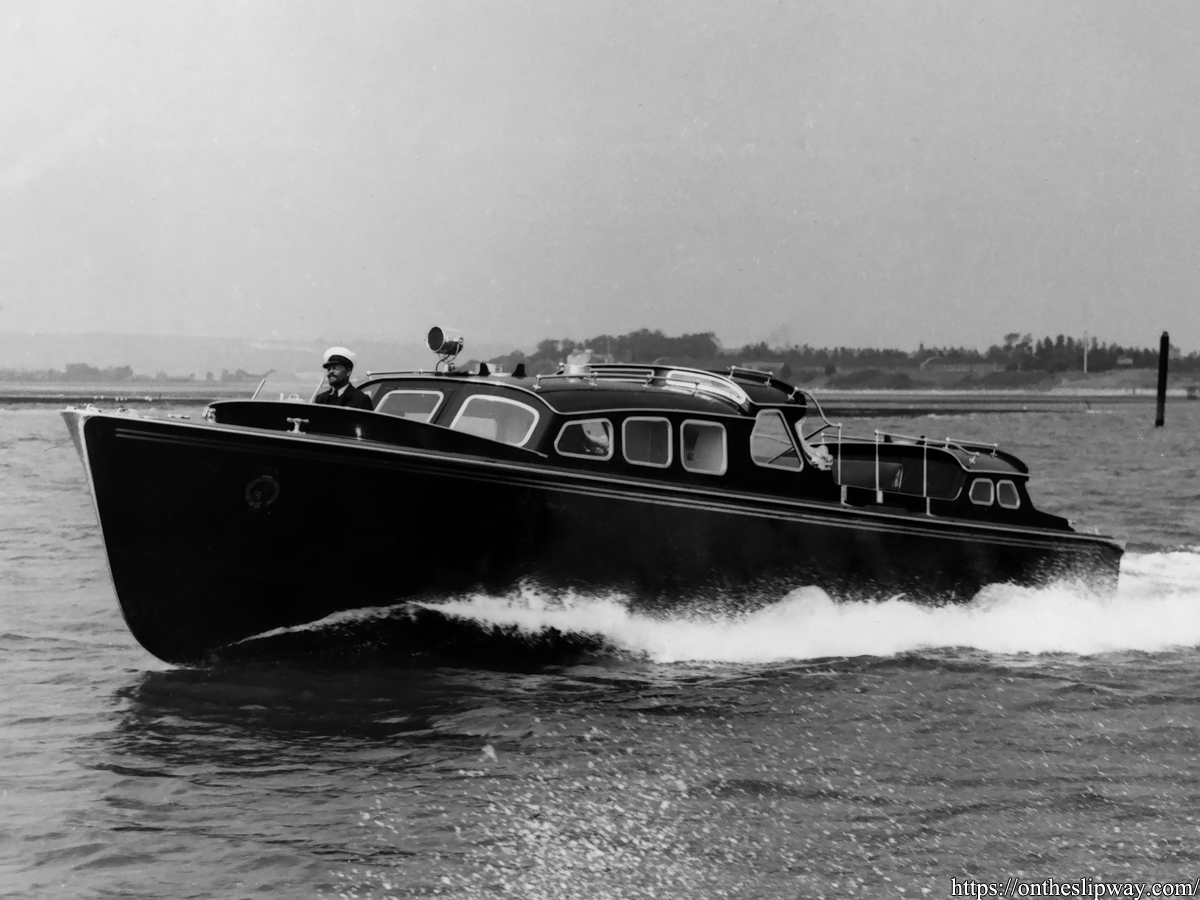
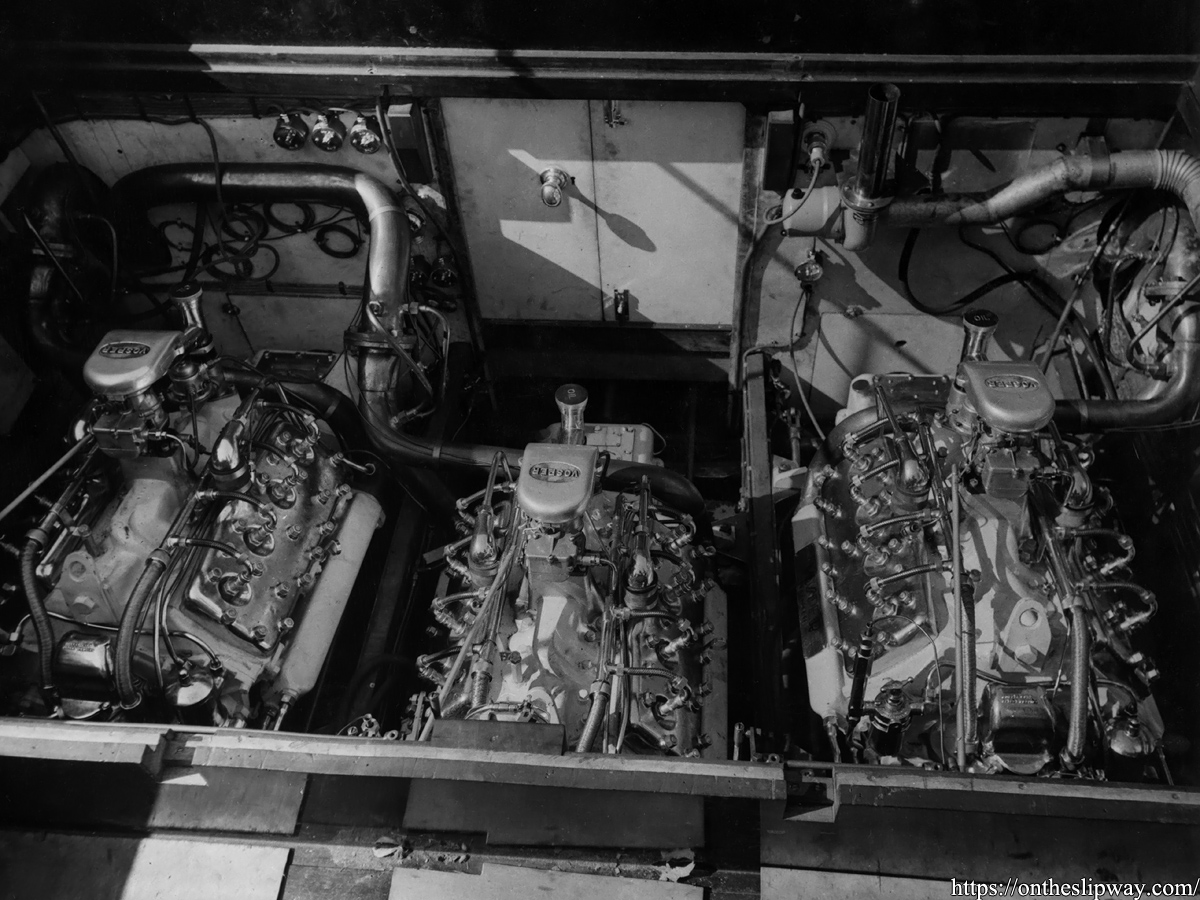
– Added 2 images of the 40 ft Royal Barge (trials, engine compartment)
09/03/2025
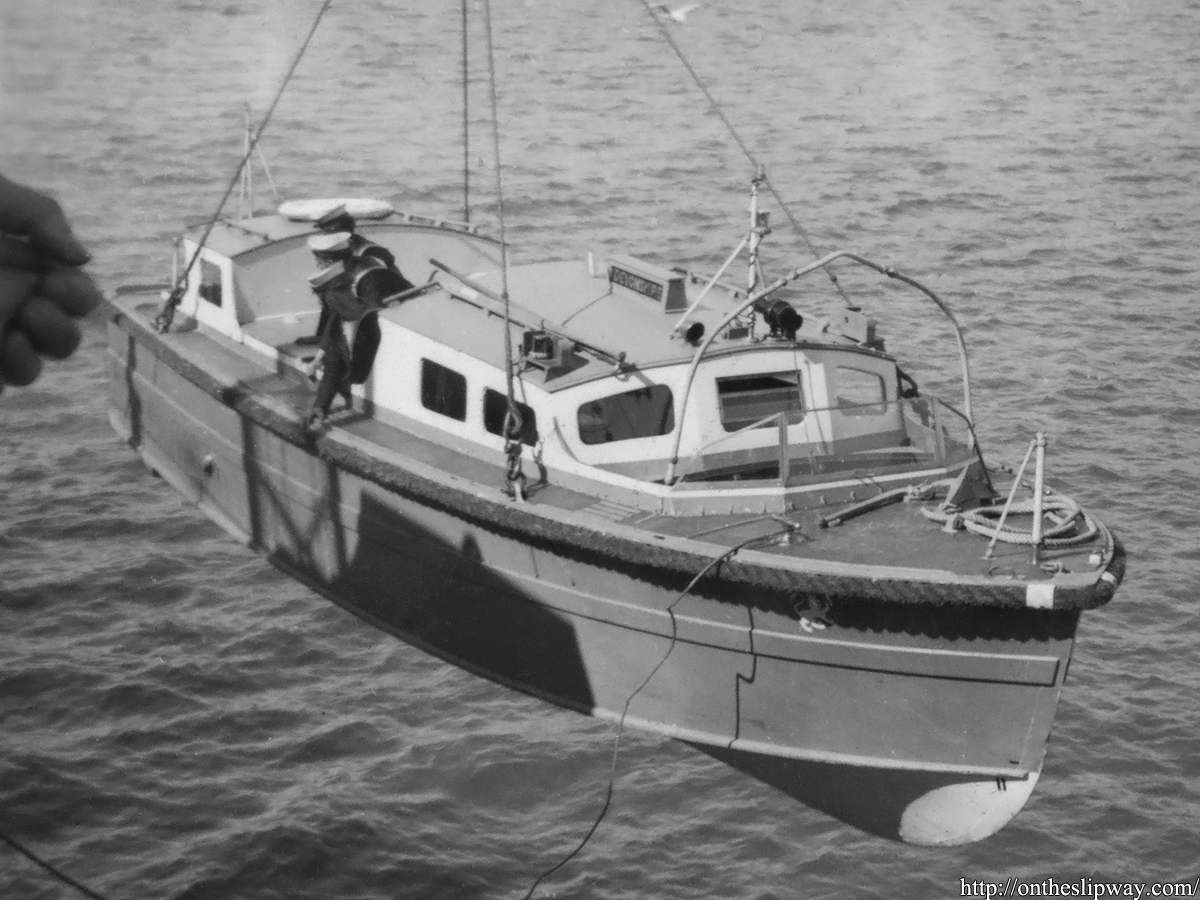
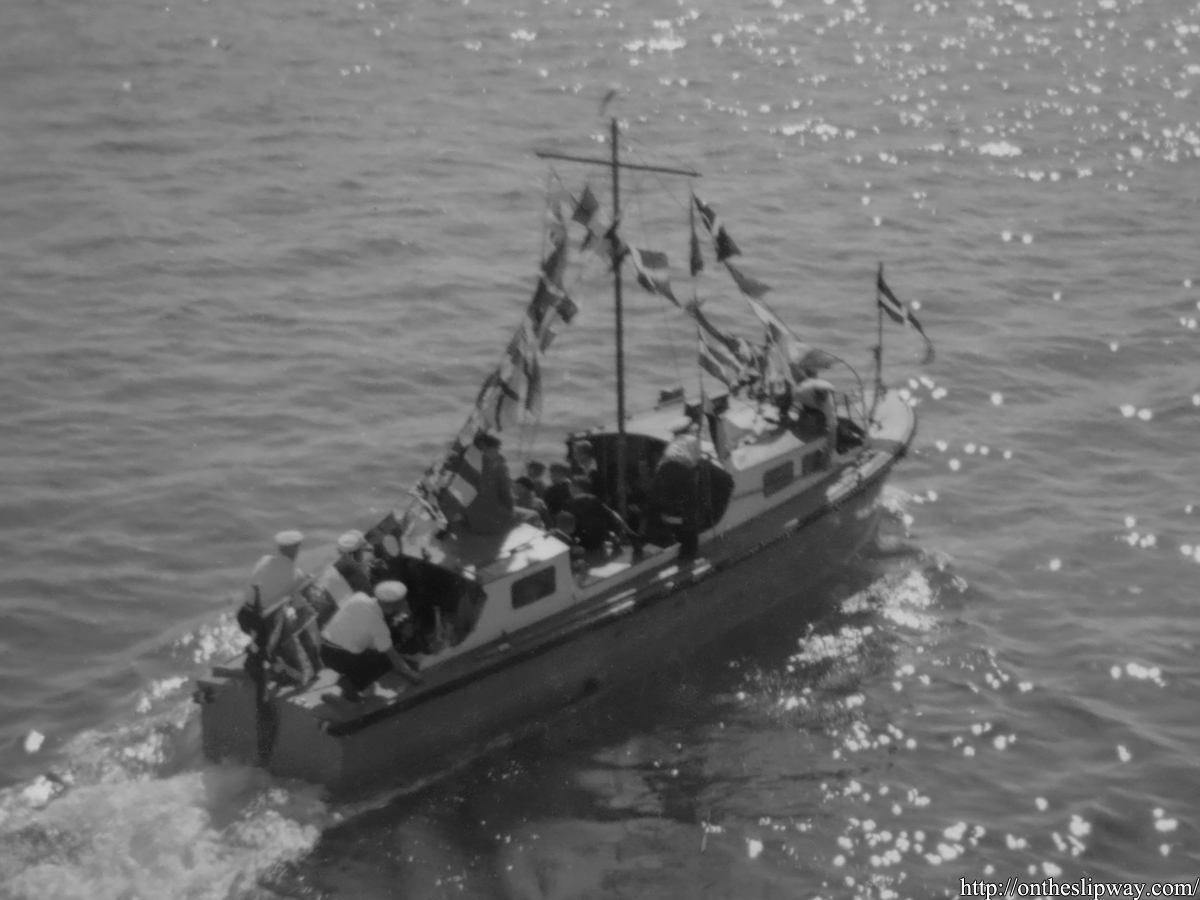
– Added 2 images of the 35 ft Fast Motor Boat, HMS Devonshire)

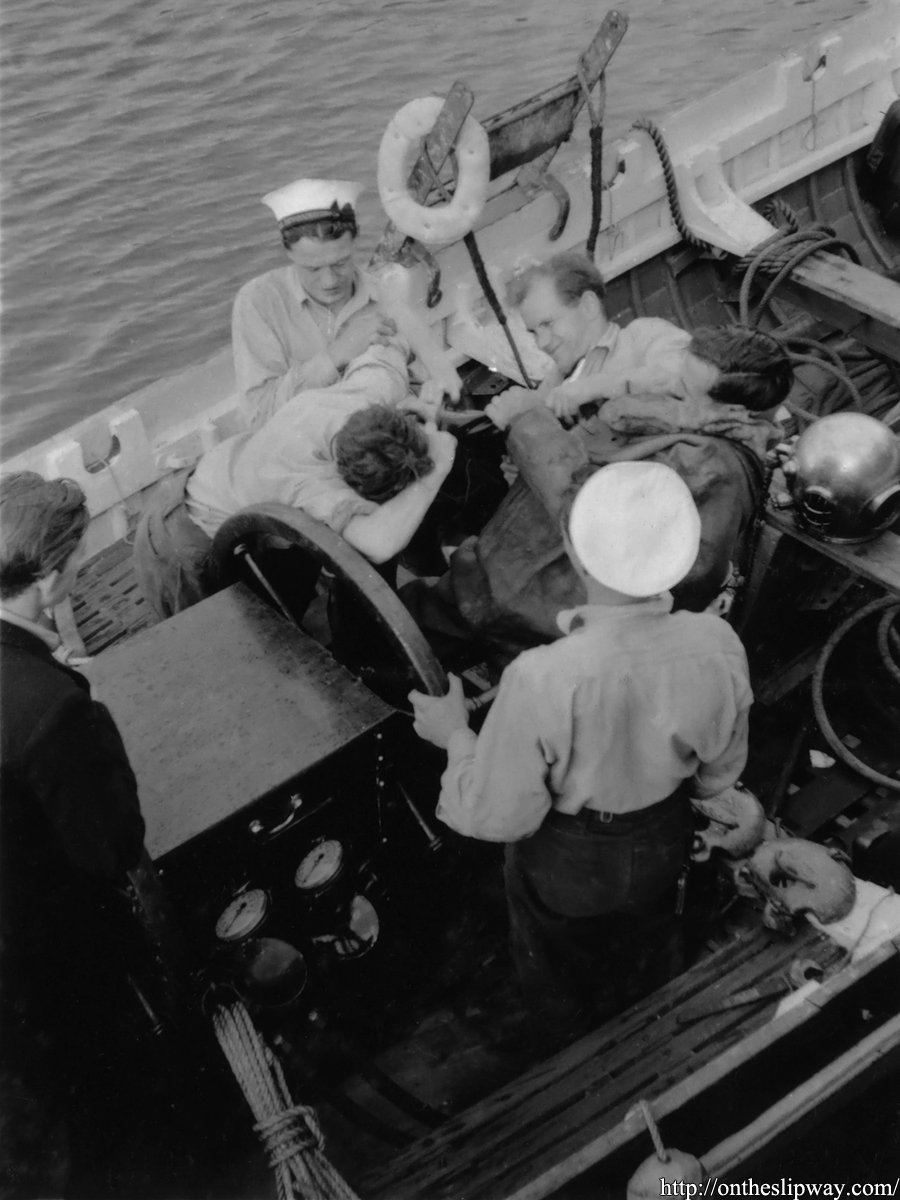
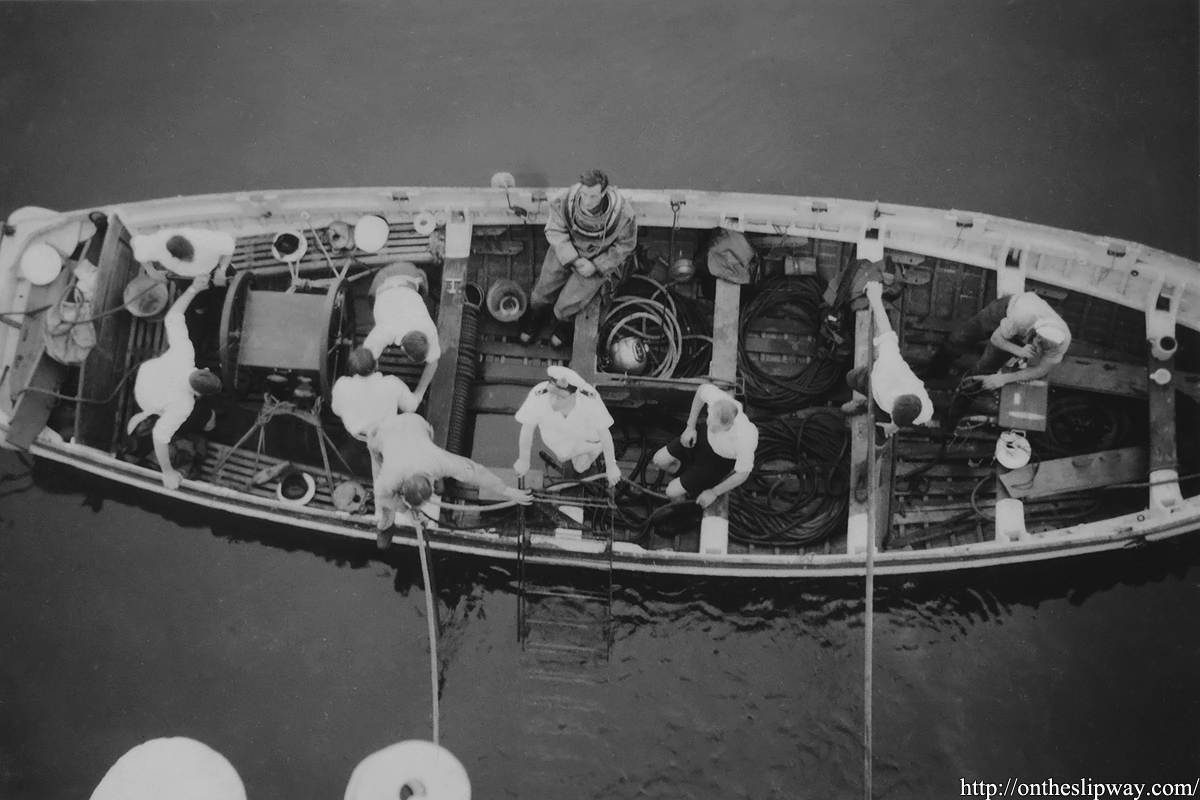
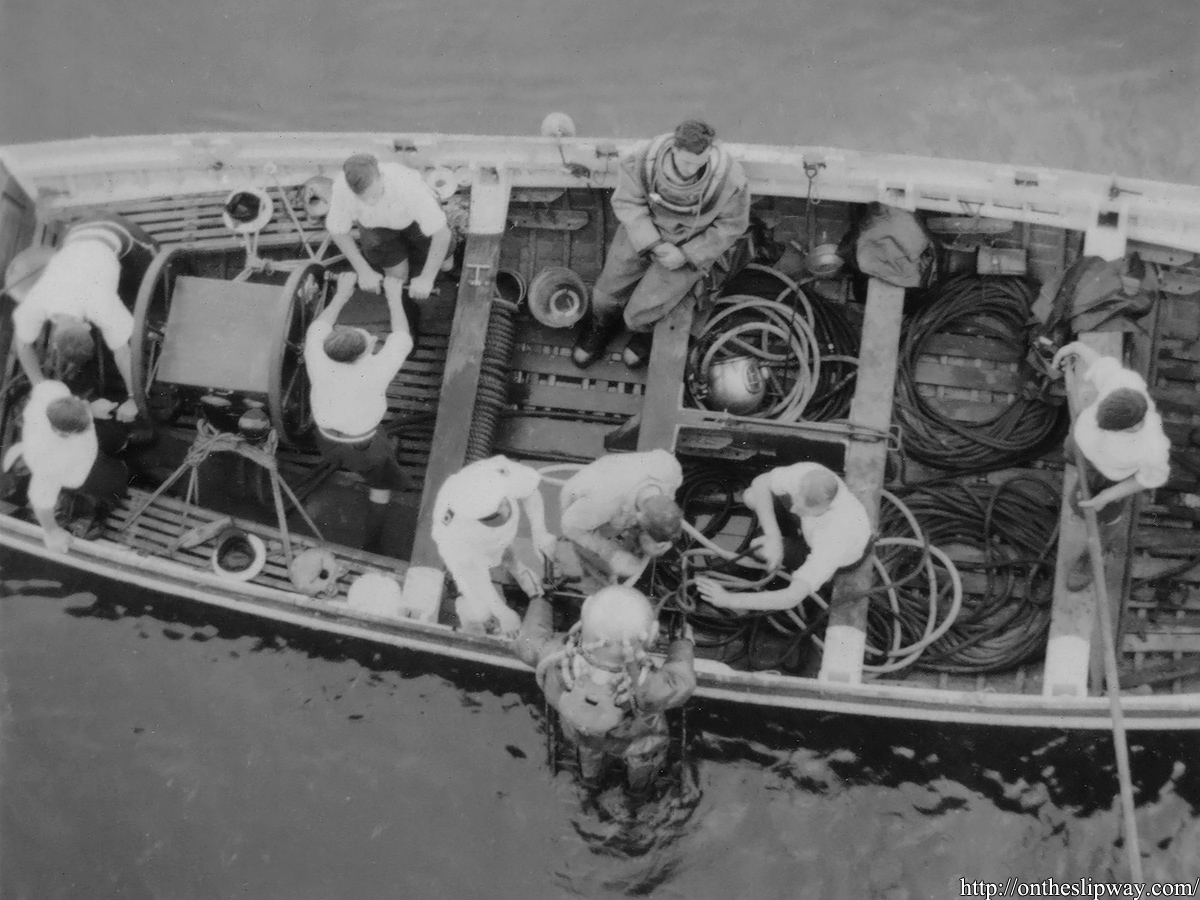
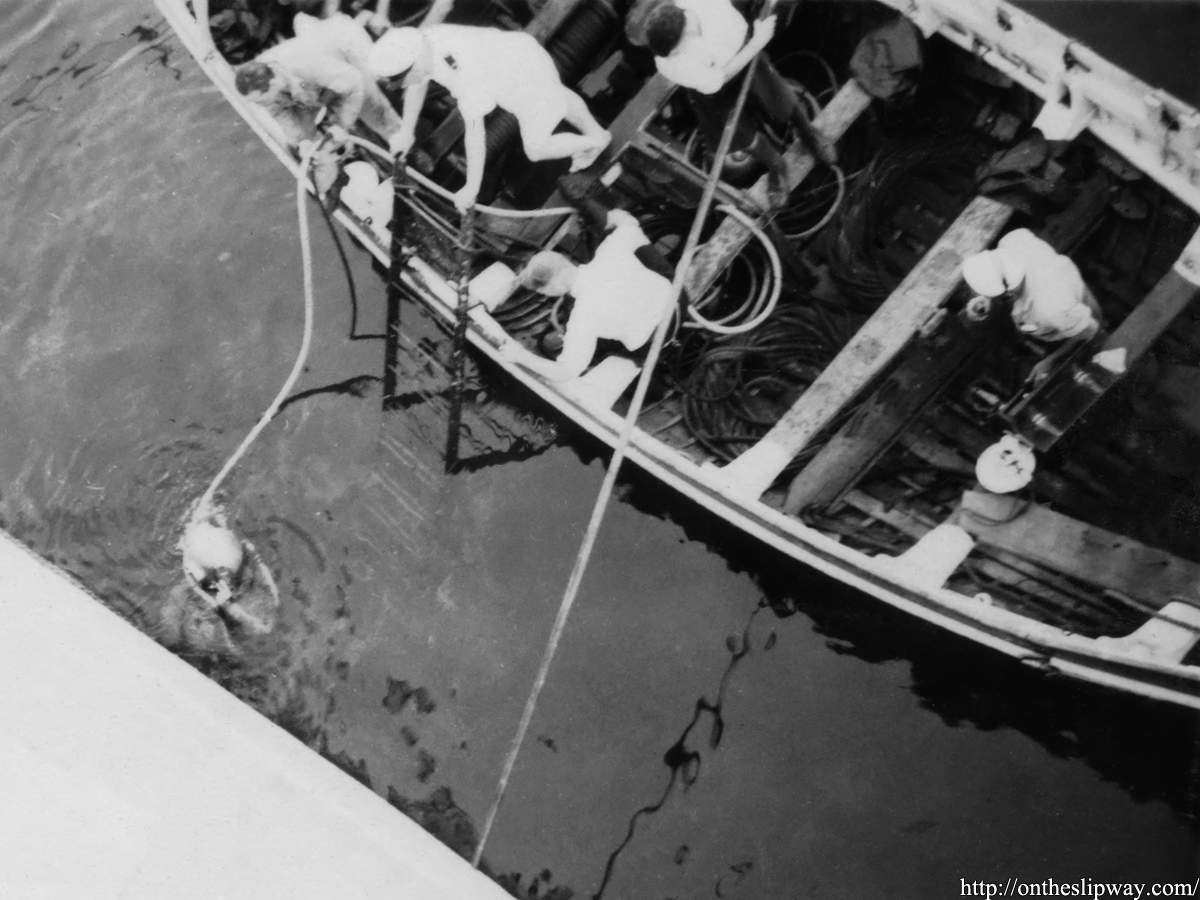
– Added 5 images of the 32 ft Cutter, HMS Devonshire)
13/09/24
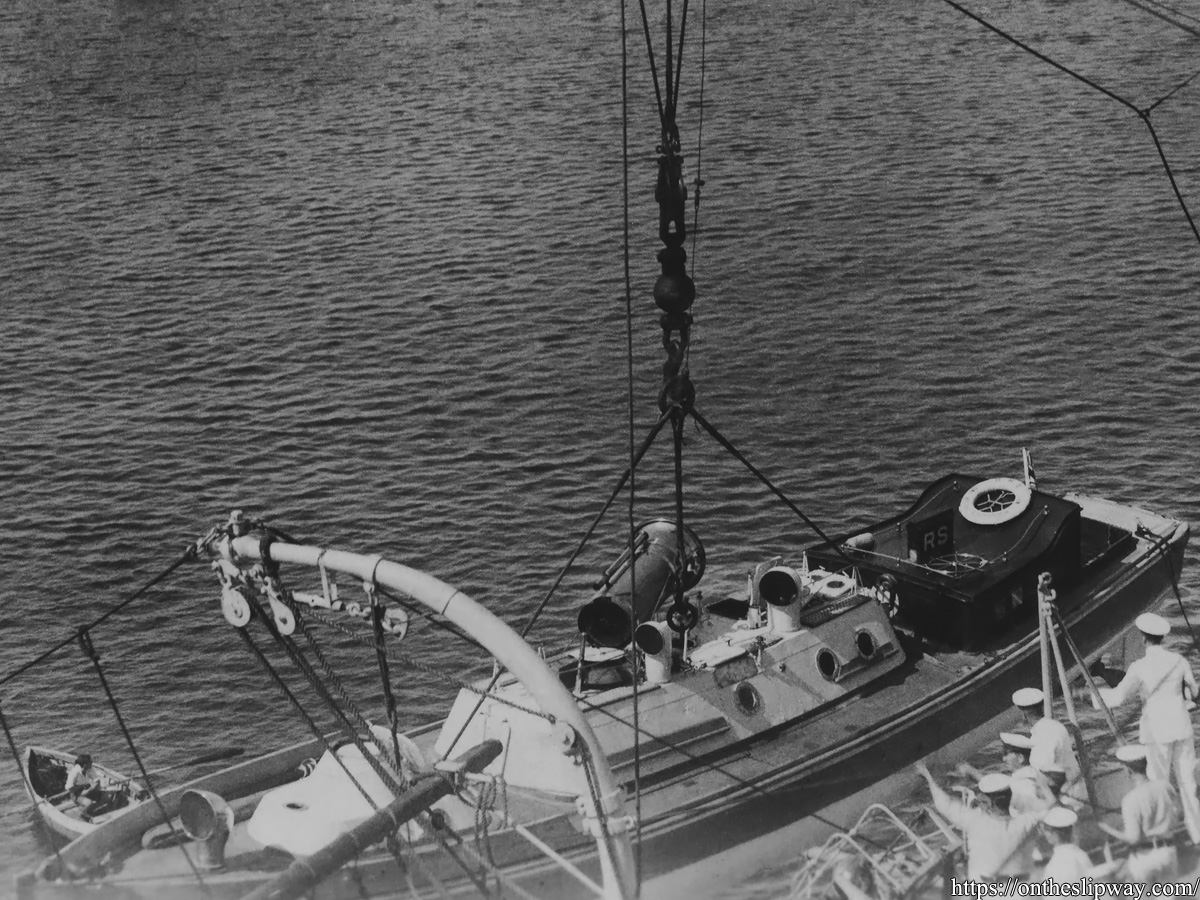
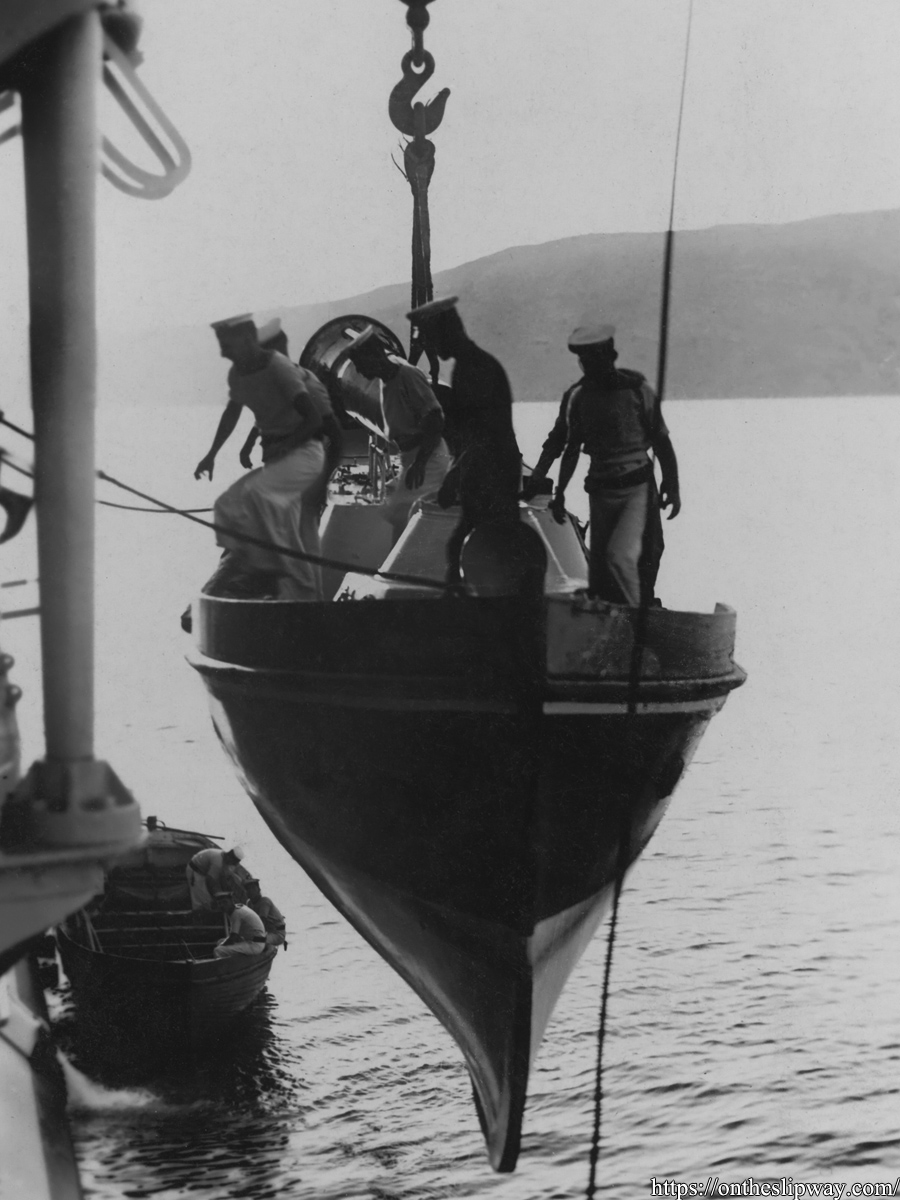
– Added 2 images of the 50 ft steam pinnace (HMS Royal Sovereign)
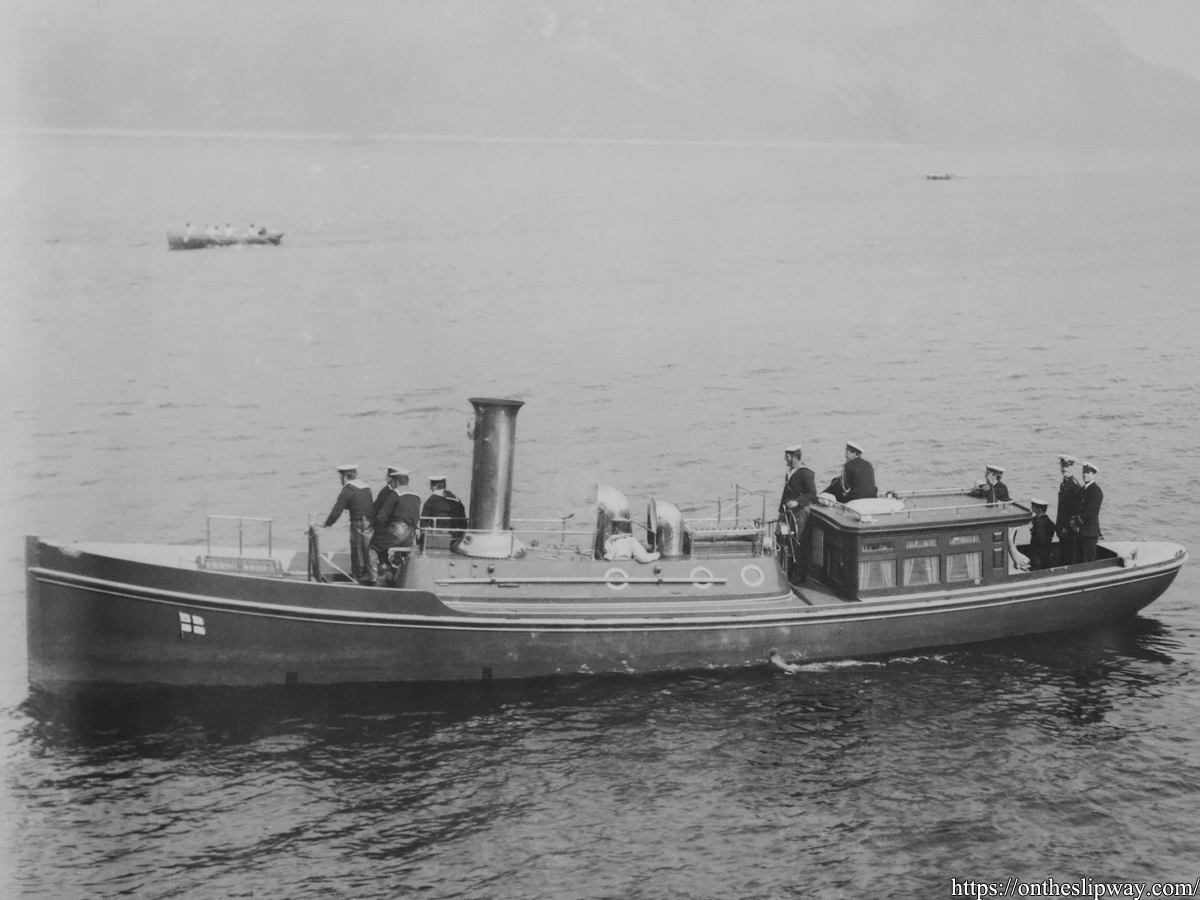
– Added 1 image of the 45 ft admiral’s barge (HMS Warspite)
15/06/24

– Added 1 image of a 45 ft Motor Launch (standard type)
22/03/24
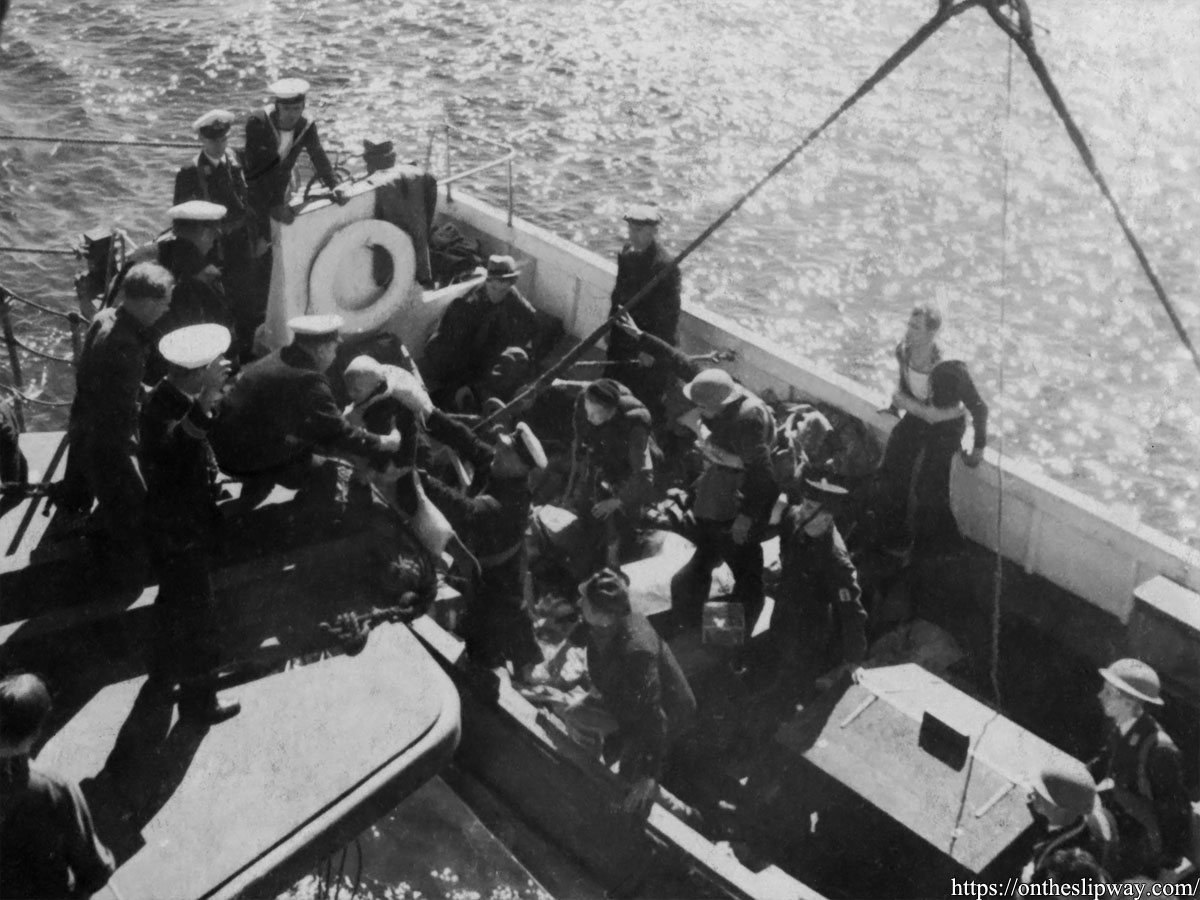
– Added 1 image of HMS Renown’s 45 ft Motor Launch (light type)
12/02/24
– Added 2 images of HMS Dorsetshire’s 35ft Motor Pinnace
07/10/23
– Added 1 image of HMS Prince of Wales’ 25ft FMB (presumably)
01/10/23
– Added two scans of drawings of the 32 ft cutter (from McDermaid & Manual of Seamanship)
21/09/23
– Added 1 image of the 40 ft Royal Barge (rear view, trials)
04/09/23
– Added list of yards to main boat page as a reminder; to be appended
– Added 1 image of the 32 ft cutter (HMS Hood)
– Added 1 image of the 50 ft steam pinnace (HMS Hood)
03/09/23
– Added Vospers advert to main boat page with ID’s insofar as I can determine
– Added placeholder for 20 ft Fast Tender
– Added 4images of the 32 ft cutter
11/08/23
– Added 1 IWM link(Q 18011) to balsa raft
– Added 1 IWM link (A 7776) 45 ft Motor Launch (light type)
– Added 32ft cutter plus link to Albatross pdf
08/08/23
– Added scan from Newton clinker/carvel/diagonal defs
05/07/23
– Added 1 IWM link (A1519) of HMS Revenge’s 45ft standard type launch
03/04/23
– Added 1 image of 30ft gig
19/02/23
– Added 40 ft Royal Barge, 2 scans, 1 IWM link
17/12/22
– split 45ft motor launch into standard and light type pages
11/11/22
– Added image of 27ft whaler in Gibraltar, 1938
– Added 30ft gig, added one image
06/11/22
– Added image of a 35 ft Fast Motor Boat Type I from HMS Southampton
– Added image of a 35 ft Fast Motor Boat Type II from HMS Superb
– Added image of two 45 ft Fast Motor Boats Type II aboard HMS Repulse.
08/06/22
– Added image of King George V and Admiral Jellicoe in a 50 ft Steam Picket.
01/06/22
– Added thee images of HMS Vanguard’s 45 ft Diesel Picket
08/03/22
– Added (same) overpriced image of HMS Ramillies’ on both 50ft Steam Picket and 45 ft Motor launch pages
07/03/22
– 42 ft Motor Launch: blank page added. Adding comment to it and 45 ft regarding number of rubbers at the side (1 and 2 for the 42 and 456 ft respectively)
27/02/22
– 45ft Diesel Picket: adding ref. to history.naval.mil of Somerville’s barge (?)
30/11/21
– Carley floats; 2 image added (Sheffield/Victorious)
26/10/21
– 35 ft Fast Motor Boat type 2, one image added
24/10/21
– Added Night Life Buoy, four images
22/10/21
– Added Balsa raft, two images
03/07/21
– Added 37.5 ft RAF Seaplane Tender, one image
– Added 35 ft Fast Motor Boat type 2, one image
27/05/21-
– Added 30 ft Fast Motor Boat, two images
15/05/21
– Added IWM A 8404 to 35 ft Fast Motor Boat type 1
18/01/21
– Added 45 ft Fast Motor Picket Boat (Thornycroft), GA from Lavery’s Churchill’s Navy.
– Added 45 ft Fast Motor Boat – Type II (British Power Boat). Moved images of wrongly ID’s images from 35 ft Fast Motor Boat Type I to this page.
14/01/21
– Added image of Rodney’s 27ft Whaler Picket
– Added images of Resolution’s & Nelson’s 50ft Steam Picket
– Added Rafts & Floats, Denton Raft & Carley Floats.
11/01/21
– Added remarks from info sheets to all posts
– Indicated drawing of the 45ft Motor Launch is of the light type only.
09/01/21
– Added 30 ft Motor Pinnace, GA, lines (no info sheet available)
– Added 32 ft Motor Cutter, GA
– Added 35 ft Fast Motor Boat type 2, GA, lines, info sheet
– Added 36 ft Harbour Launch, GA, info sheet
07/01/21
– Added 35 ft Motor Pinnace, GA, lines, info sheet
– Added 36 ft Motor & Pulling Pinnace, GA, lines, info sheet
06/01/21
– Added 14 ft Sailing Dinghy (placeholder)
– Added 30 ft Gig (placeholder)
– Added 50 ft Steam pinnace (placeholder)
05/01/21
– added 25 ft Fast Motor Boat
– added 35 ft Fast Motor Boat type 2 (placeholder)
– added 35 ft Fast Motor Boat type 3
– added 45 ft Motor Barge
04/01/21:
– Page initiated
– Added 16ft FMB: GA, lines, info sheet
– Added 25ft Motor Cutter: GA, lines, info sheet
– Added 35ft FMB Admiral’s Barge: Image, IWM links
– Added 35ft FMB – Seaplane tender: IWM links
– Added 45ft FMB & Barge: GA, lines
– Added 45ft Diesel Picket: IWM links
